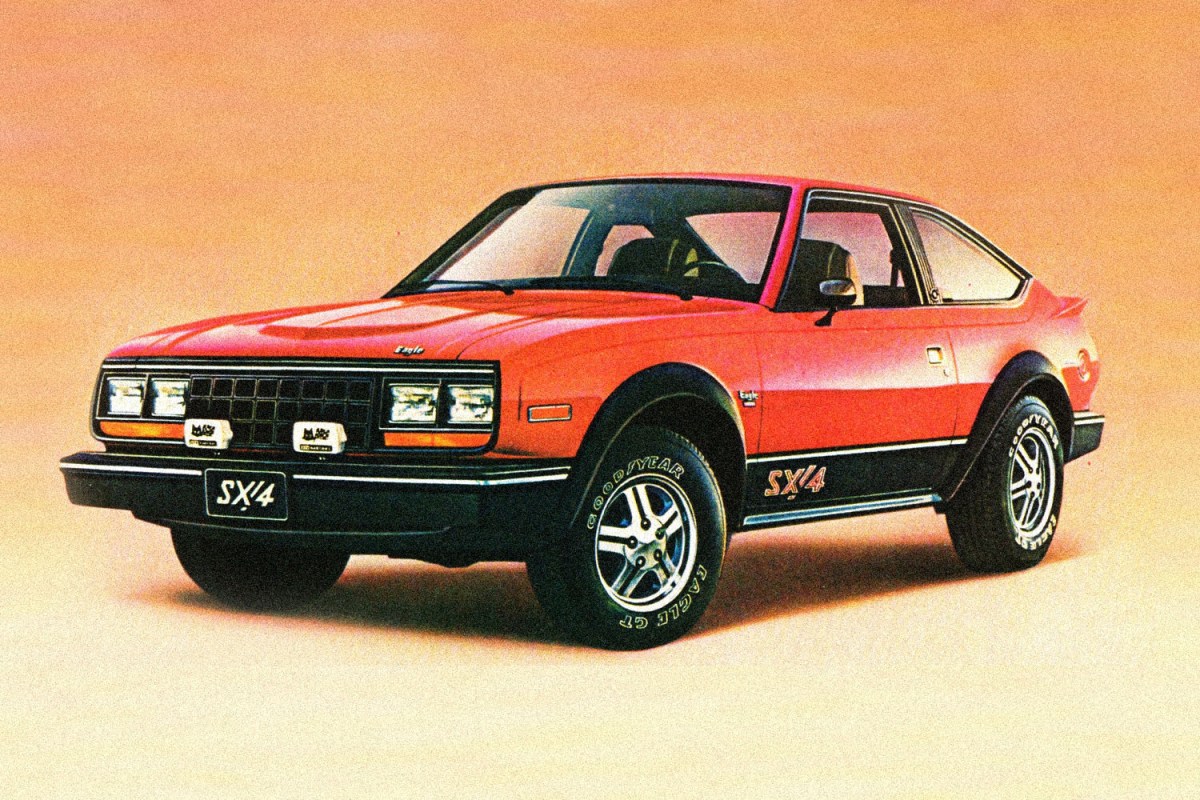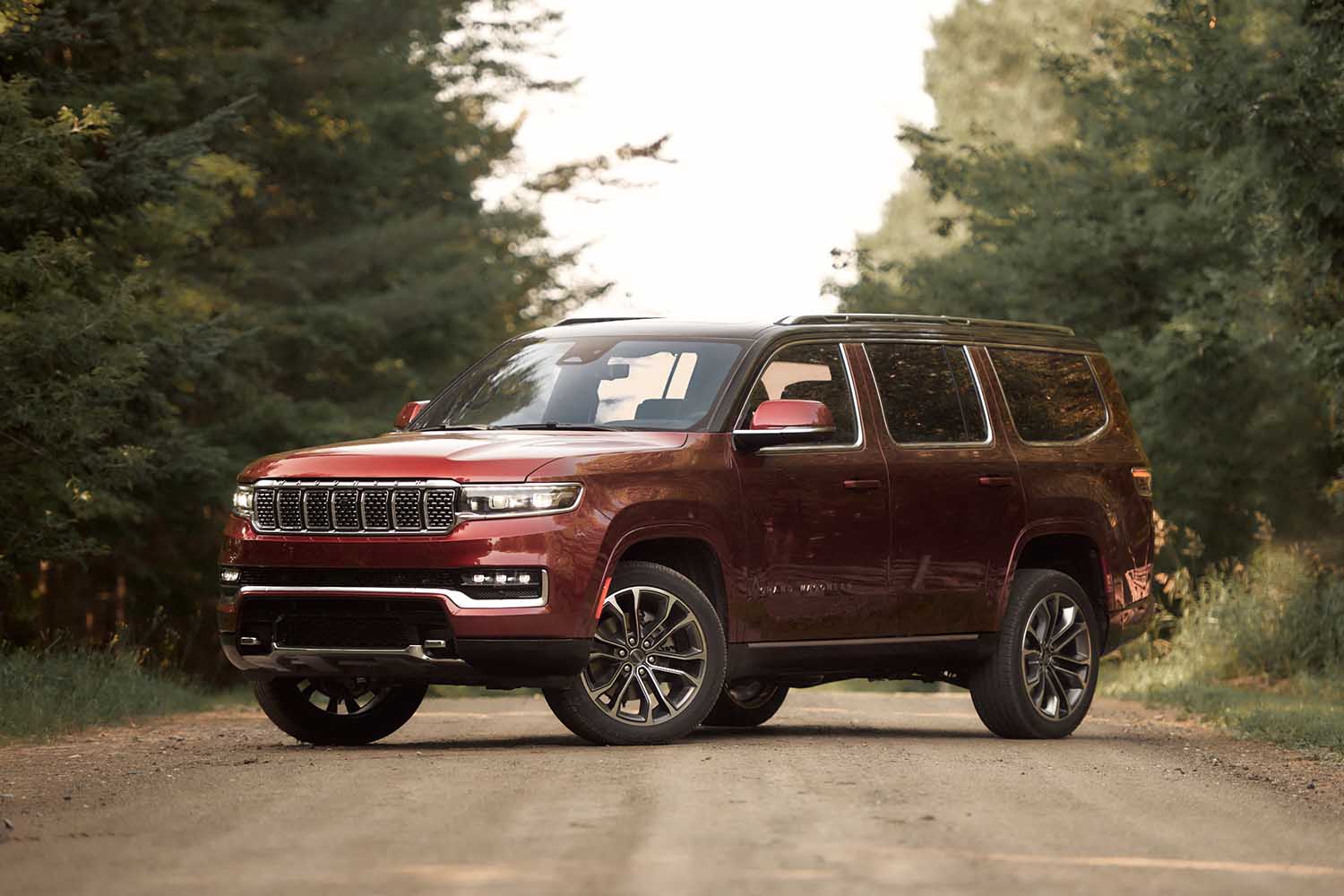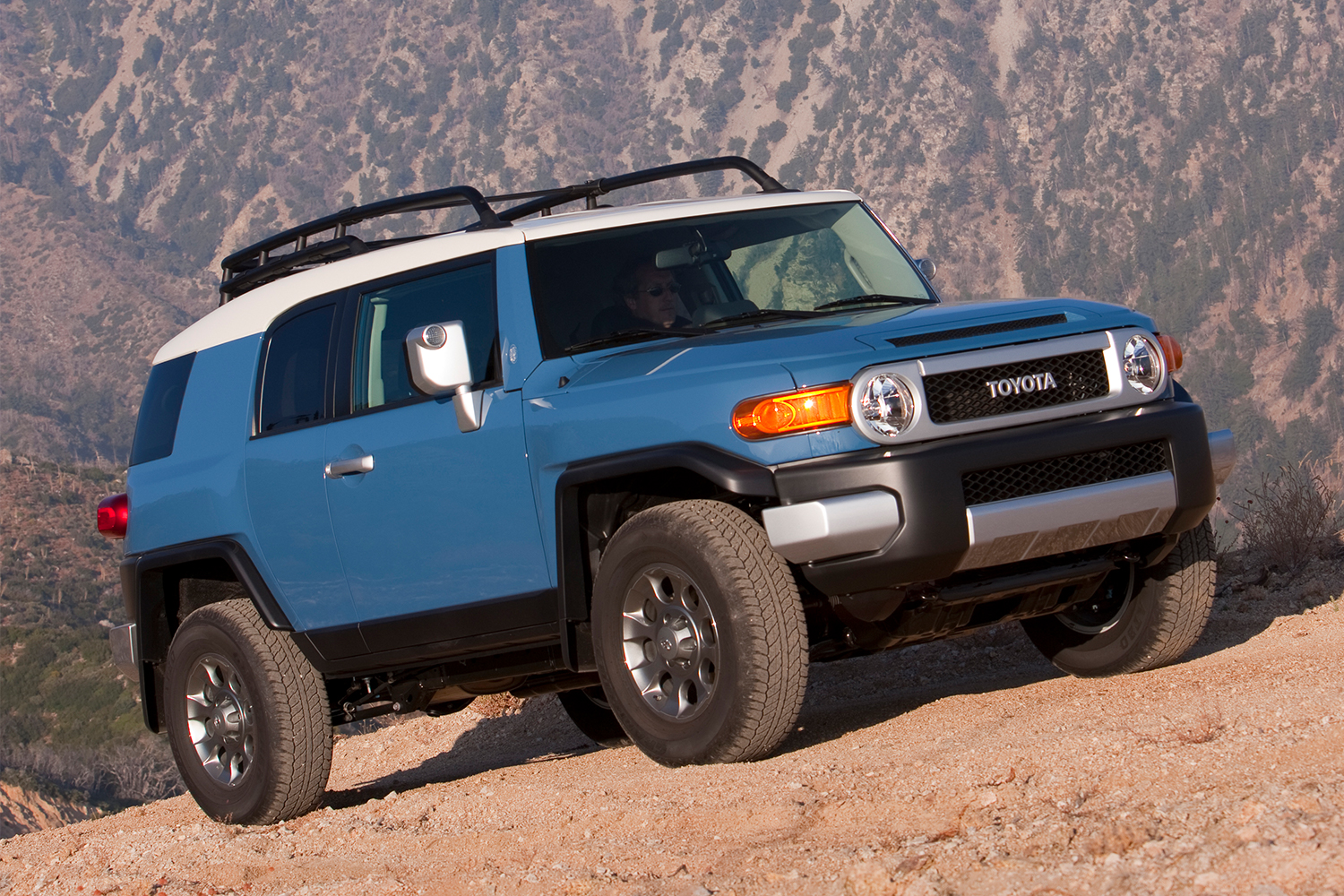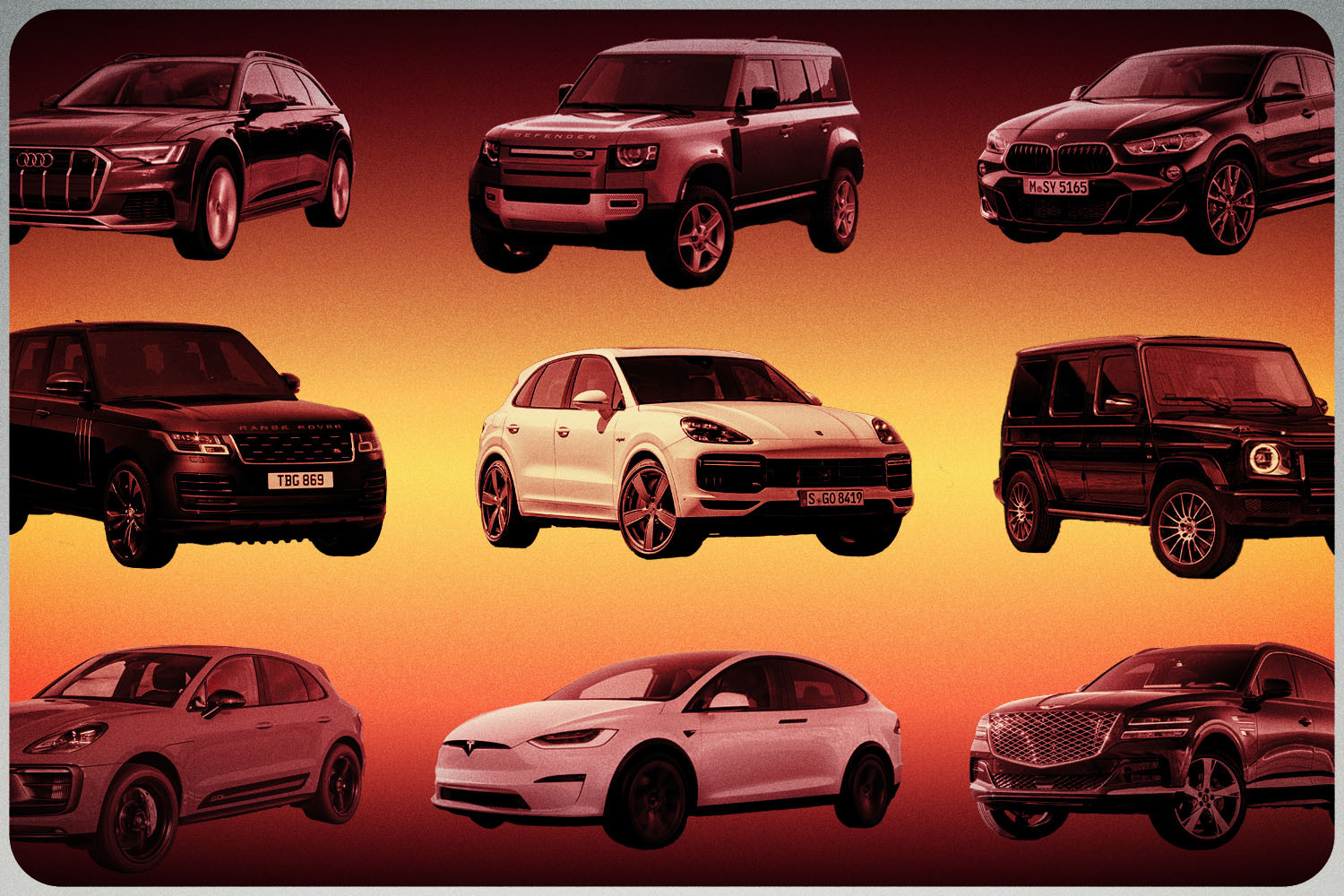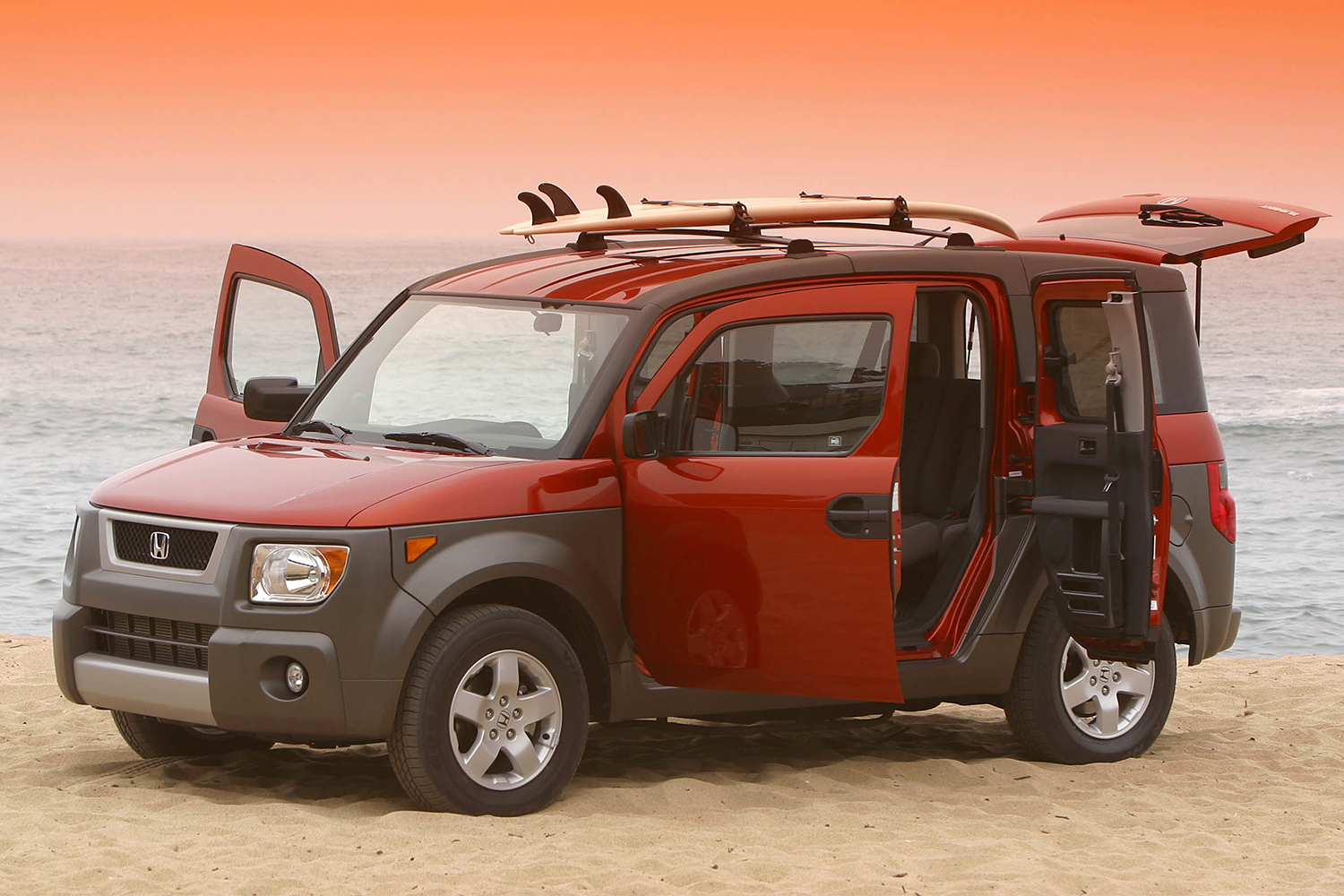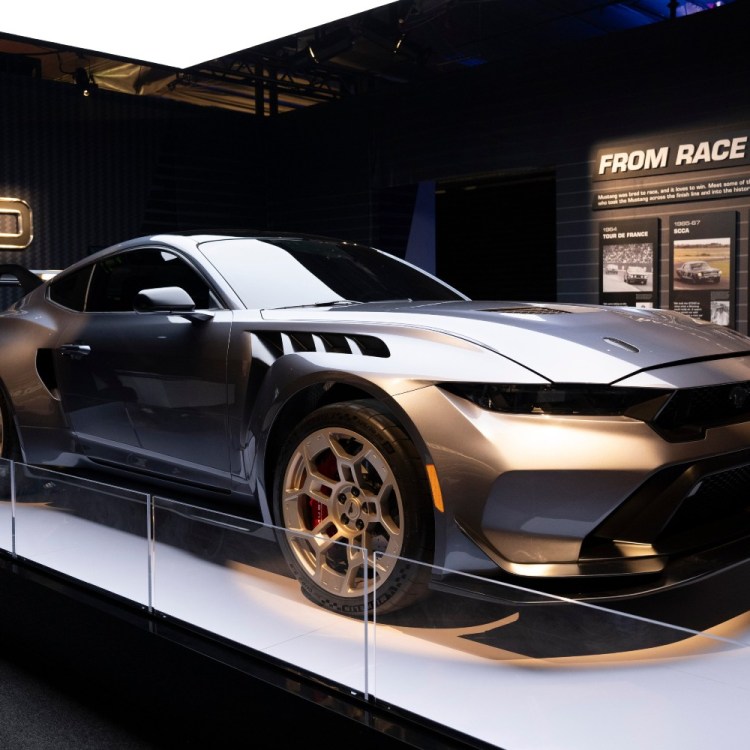It’s no secret that crossovers have taken over the auto market. The marriage of a long-roof hatchback style, car-like handling and weather-defeating all-wheel traction has now become the default choice for the majority of American motorists. When did these practical people-movers usurp sedans and minivans as go-to commuters? Depending on whom you ask, you’ll probably hear somewhere in the late ‘90s to mid-2000s, but the roots of these vehicles are much, much deeper than that.
Back in the late 1970s, a struggling automaker took a stab at establishing a new brand — the parts-bin creativity forced by budget restraints that would have hobbled those with lesser determination. For a nearly broke American Motors Corporation, however, making something out of nothing was the order of the day (or the decade), as the company made one last valiant appeal to customers seeking something novel to park in their driveways.
The end result was the AMC Eagle, a family of wood-paneled high riders that challenged the notion that four-wheel drive was reserved exclusively for trucks, or that all automobiles could be easily classified. It also proved that no matter how good an idea might be, timing is everything — especially if you’re facing down the barrel of bankruptcy.
Hail Mary Hornet
By the time AMC began its Eagle experiment, four-wheel drive was considered the province of rough-and-tumble farm trucks and weekend off-roaders tooling their SUVs around sand dunes and fire roads. Despite this reputation, for the company it presented an opportunity to take something old and make it new again.
Constantly cash-strapped, AMC simply couldn’t afford to develop the new vehicle platforms it desperately needed to remain competitive, so it set about putting a fresh spin on what it already had sitting on the shelf. Cognizant of the popularity of its Jeep brand, but feeling the sales pinch as high fuel prices sapped consumer interest in these thirsty behemoths, in 1976 its chief of engineering, Roy Lunn, began investigating the potential of marrying a full-time four-wheel drive system with AMC’s Hornet sedan. The following year, Ferguson Formula (the same British concern that had transformed the Jensen Interceptor into the 4WD Jensen FF) was charged with putting together a prototype.
The coupling was a success. The Hornet’s unibody platform provided a smooth ride, while its always-on four-wheel drive system delivered the kind of grip that had previously been limited to more rugged, body-on-frame pickups and their sport-utility offspring. In short order, AMC had mapped out a 4×4 future that it dubbed “Eagle,” with a mix of models that included a sedan, wagon and coupe. Each of these borrowed the bones of the existing Concord, but put the a focus on the safety and practicality provided by its unique drivetrain setup.
The entire project ran AMC a mere $6.5 million in terms of additional production costs, a paltry sum even then to invent an entirely new class of vehicle.

Strong From the Start
The first AMC Eagle arrived for the 1980 model year, and it immediately made an impact. Although overall numbers were modest in the grand scheme of things (with just over 45,000 first-year examples produced), for AMC it represented a sales surge of 20%. Customers flocked to the unusual autos, eagerly overlooking their older roots in favor of the fresh energy they brought to the market as the perfect complement to the larger and more expensive Jeep models like the Wagoneer.
All versions of the Eagle were initially based around a 4.2-liter straight-six engine that was good for about 112 horsepower. A three-speed automatic transmission was standard with each of the three original body styles, and ride height was jacked up three inches compared to the AMC Concord, giving the Eagle a decent amount of ground clearance. A solid axle sat at the rear, suspended by leaf springs, with an independent suspension setup found up front. Although wood paneling was a popular option, it was possible to buy the Eagle in solid paint hues as well.
AMC moved quickly to capitalize on the Eagle’s popularity, introducing a four-cylinder engine (sourced from General Motors) and a manual transmission for 1981, alongside two subcompacts, the SX/4 hatchback and the Kammback. In keeping with the energy crisis mindset of the times, it also offered a part-time four-wheel drive system as an option for those who wanted to save a few bucks at the fuel pump, a feature that became standard the following year.
By 1984, the Eagle lineup was focused exclusively on the sedan and the wagon, with slower-selling body styles (including the briefly available Sundancer four-wheel drive convertible) having been dropped. At this point in its fuzzy financial picture AMC was in the thrall of savior Renault, which pushed Eagle to the sidelines in favor of new designs sourced from its French operations to be built in America. With no further development of the Eagle in the cards, a second set of corporate masters (Chrysler) played out the final few years of the crossover, with the final wagon rolling out of the factory for 1988.
Right Idea, Wrong Time
The Eagle badge lived on under Chrysler’s ownership, but the original four-wheel drive models did not as the brand became a cipher for Renault and Mitsubishi captive imports before finally flaming out at the end of the 1990s.
Regardless, the AMC Eagle’s legacy is much more powerful than its modest Rad-era sales record might attest to. Although no other automaker attempted to copy the four-wheel drive family car formula during its eight years of existence, the following decade saw two crossover milestones appear that may as well have been Eagle carbon copies. Both the Subaru Outback and the Volvo V70 Cross Country took the form of all-wheel drive wagons with a lifted body, and they quickly sparked a revolution in car-like utility vehicles. Alongside truck-based SUVs, the two forces quickly remade the modern automotive market in their image, leading to their showroom dominance today.
Why were Subaru and Volvo the beneficiaries of AMC’s hard work, while the Eagle languished on the fringes of the mainstream? There’s no doubt that each of these companies had a far more stable financial situation backing their efforts, which allowed not just better marketing for the Outback and Cross Country but also the development of a more refined product. With CV joints and all-wheel drive systems replacing solid axles and part-time transfer cases, fuel economy and ride quality were nearly identical to that of their non-crossover rivals — a significant contrast to the more primitive platform the Eagle was forced to face-off against Japanese imports with in the ’80s.
Railroaded by Renault, then left to rot on the vine by Chrysler, the original Eagle was never given the chance to evolve into the modern crossover it could very well have become. AMC’s inability to engineer a second-generation version of the vehicle, combined with Chrysler’s laser-like focus on Jeep above any other brand bundled along with its purchase of American Motors, doomed the four-wheeler to perpetual pioneer status, a forever footnote to what is now the single most profitable slice of the global automotive pie.
This article appeared in an InsideHook newsletter. Sign up for free to get more on travel, wellness, style, drinking, and culture.
